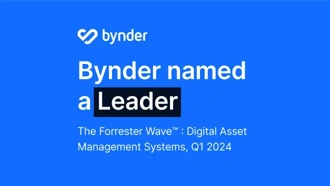What is a user story?
A user story is a short, informal explanation of a software feature, written from the perspective of the end user. It's also the smallest unit of work in an Agile software development framework.
The purpose of a user story—in the context of software development—is to convey the value a product feature gives to the end user. It also provides a useful reference point when creating new content, ensuring that it's actually useful to the end reader.
User stories help facilitate essential conversations between members of a development team and product managers by helping them explore and consider software features as a group — before anything is developed or released. They keep the focus on the end user so that the best product and user experiences can be crafted.
How do you create a user story?
User stories can be mapped out using Post-it notes, index cards, or even scraps of plain paper. These can then be used as a basis for further discussion during the development phase.
How can content teams utilize user stories?
A user story can act as a helpful guidance point for content teams when some new content needs to be developed for a product/piece of software. As well as encouraging content collaboration between departments, it also assists content creators in staying on track with writing content that is truly centered on the end user.
In short, user stories enable you to focus exclusively on the end user's perspective, with any resulting content creation built firmly around their needs and wants.





